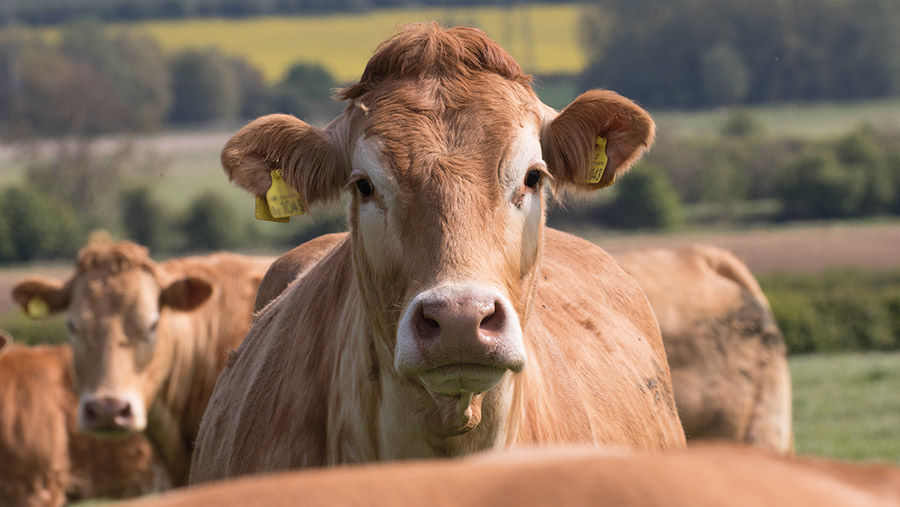Scots government attaches new conditions to future support
 © Tim Scrivener
© Tim Scrivener The Scottish government has released further details on actions farmers and crofters will have to take to receive future farm support payments.
The latest update to the Agricultural Reform route map is intended to help farmers prepare for the gradual transition to the new farm support framework, which will start in 2027.
Farmers and crofters who have not yet sorted out their carbon audits or animal health claims, especially those who claim Scottish Suckler Beef Support Scheme (SSBSS) payments, are being advised to do so without further delay.
See also: Suckler beef payments set to roll out in Scotland
As part of the move to the new framework, Scottish government says important changes from 2025 will include:
- A new calving interval of 410 days measured on an individual animal basis added to the SSBSS, to help cut emissions intensity and make beef production more efficient
- The introduction of the first Whole Farm Plan conditions, which require farmers and crofters to complete two baselining activities from a list of options including carbon audits, biodiversity audits, soil analysis, the creation of animal health and welfare plans or integrated pest management plans
- New conditions for peatlands and wetlands under Good Agricultural Environmental Conditions (GAEC) 6 of Cross Compliance to help protect vital carbon stores.
Extensive guidance on each of the new changes will be released this summer.
Food and environment
Scottish rural affairs secretary Mairi Gougeon said the new criteria for farm support will help farmers and crofters to produce high-quality food more sustainably, while helping to tackle climate change and enhance nature.
Ms Gougeon urged all farmers and crofters in Scotland to look at the available information, to ensure they are ready for the changes to come.
“As we have said for some time, support for farming in Scotland is changing. From 2025, farmers and crofters will have to deliver new things in return for basic payments,” she said.
NFU Scotland Livestock Committee chairman Hugh Fraser said the majority of Scottish beef herds are likely to be able to achieve a 410-day calving interval, while for some it will be challenging.
NFUS encouraged farmer-members to look at their own calving interval on MyHerdStats and reminded them that the announcement reiterates the SSBSS will be delivered on the individual cow basis rather than herd average. “It is a measure designed to improve industry efficiency,” explained Mr Fraser.
